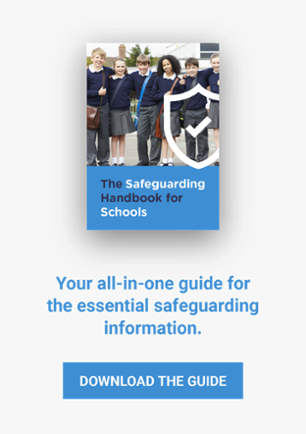If you suspect a pupil is suffering from abuse or if they’ve disclosed this sensitive information to you, it’s normal to feel overwhelmed. However, it’s important you know the correct steps to take, what to do following a disclosure and who to share this information with.
The UK government has already taken great strides to ensure everyone involved in an educational setting is aware of the relevant steps to take. A good place to begin is to refer to the ‘seven golden rules for information sharing’ which clearly outlines the boundaries.
Alongside this, make sure to keep up-to-date with your school or college’s internal policies for extra support, guidance and advice. We have also created resources which outline how you can prepare for a disclosure, what to do during one and how you can report and escalate the situation.
However, if you’re ever in the situation where you’re struggling to decide on whether to share information or not or if the Designated Safeguarding Lead (DSL) is unavailable for advice, take a look at the flowchart below. It will help you decide if and when to disclose what a child or young person has told you.
.jpg?width=600&name=flowchart@2x%20(1).jpg)
Having this flowchart readily available for you to refer to is essential. As tough as a disclosure can be with a child or young person, following these steps will ensure you take the relevant steps and escalate where necessary.
Although, don't forget there’s a large amount of safeguarding information out there which can be challenging to remember. To help with recalling the relevant and vital information, make sure to download the comprehensive Safeguarding Handbook.
Get The Safeguarding Handbook for Schools
To make sure you have everything you need about safeguarding in one place, we’ve created this robust, go-to guide. It features information on the legalities, responsibilities, types of abuse, the signs to look for and much more.
To get your hands on a copy, click the link below.
